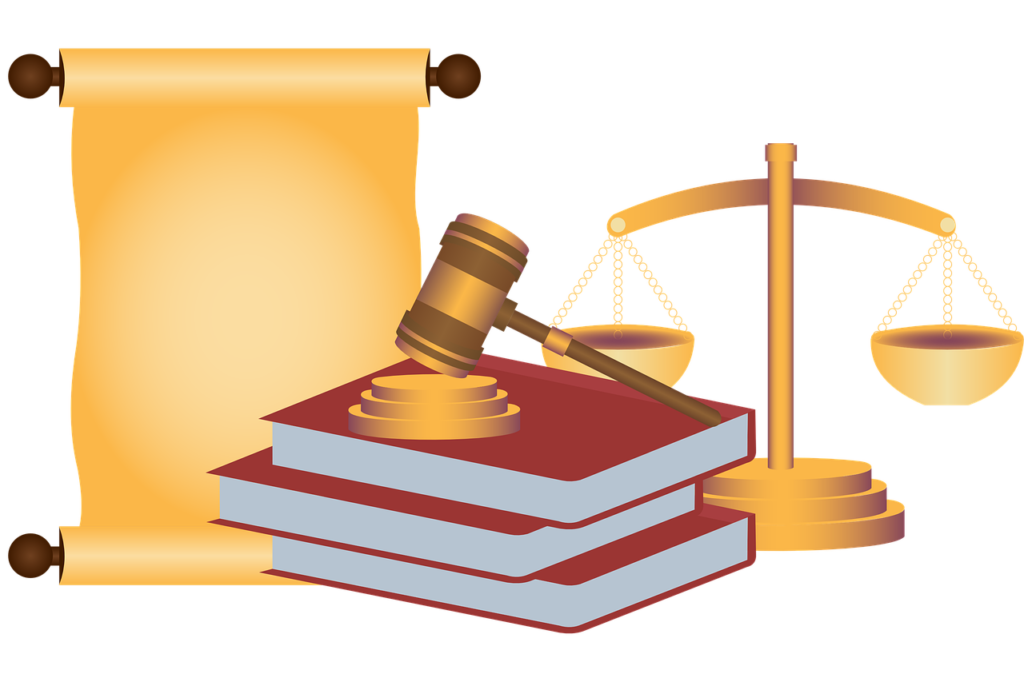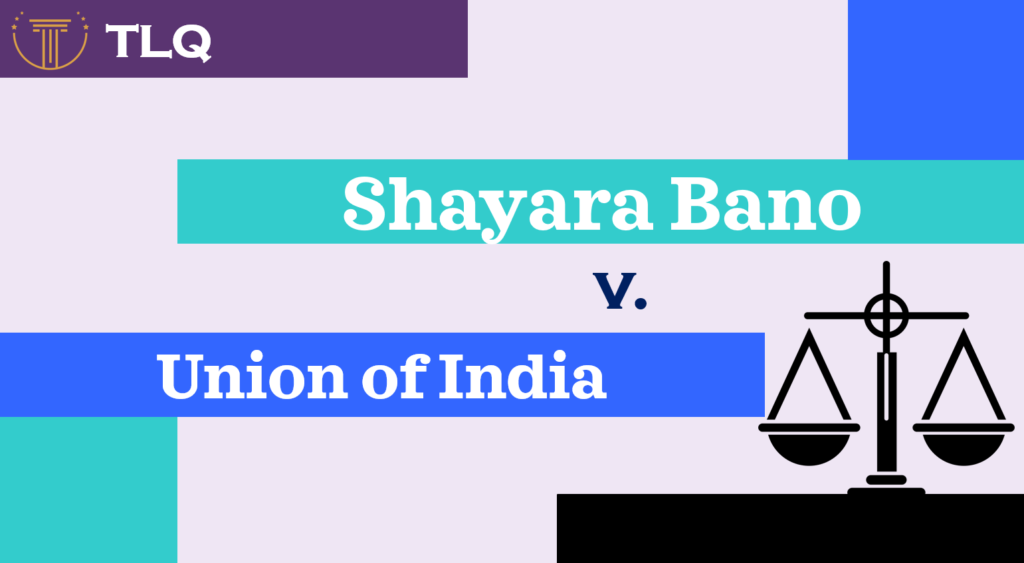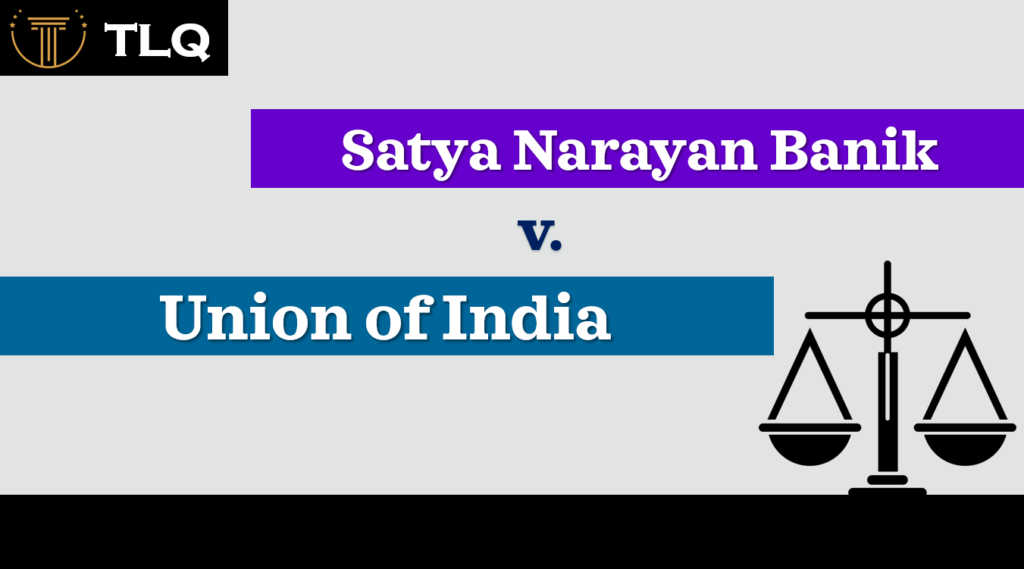Published On: 2 October, 2023
The Right to Information Act and Transparency
INTRODUCTION
It plays a significant role in independent India. Transparency and accountability are the first two concepts that instantly come to mind when we think of the RTI legislation. A statute passed by parliament is called the Right to Information Act of 2005. Through this law, the public has access to information held by governmental authorities. This and Article 19(1) of the Indian Constitution might be related.
- Article 19(1) – guarantees freedom of speech and expression to the citizen. This also implies the full right to information.
HISTORY OF THE RTI ACT
Shri. V.P. Singh, a former Indian prime minister, proposed the Right to Information Act in India. In 1766, Sweden became the first country to enact a right-to-information law. However, it became more influential with the 1948 adoption of the Universal Declaration of Human Rights.
- Mazdoor Kisan Shakti Sangathan (MKSS) launched the initial RTI campaign.
- RTI legislation was originally enacted in India’s Tamil Nadu state in 1997.
- On the advice of the National Advisory Council (NAC), the bill for the current RTI Act, 2005 was enacted in May 2005, and it went into effect on October 12, 2005.
SIGNIFICANCE OF RTI ACT
- It applies to public authority alone
- Encourages participation in decision-making by citizens
- Citizens who have access to government information can assess whether the administration they choose is meeting their expectations.
- Access to information can assist the less fortunate and weaker members of society in requesting and obtaining information on public policies that will benefit their well-being.
OBJECTIVES OF RTI ACT
- To encourage accountability and transparency.
- Promotes people to challenge the government.
- Increases engagement of citizens in democratic government.
- This action enables the government to better serve the people.
- To reduce corruption
MAIN FEATURES OF THIS ACT
- Section 2(h) – states that all governmental agencies, whether they are under the federal, state, or municipal umbrellas, are considered public authorities. RTI also covers civil society organizations that get a significant portion of their funding from the government, either directly or indirectly.
- Section 2(j) – states that “Right to information” refers to the information that is available under the terms of this act and is under the management of public authority. It involves the right to access papers, works, and records, as well as the ability to get information electronically or through printouts.
- Section 4 – Suo moto publication of information by public authorities is mandated by the RTI Act.
- Section 8(1) – highlights the RTI Act’s exclusions from the requirement to provide information.
- Section 8(2) – the Official Secrets Act of 1923 allows for the revealing of material that is excluded from disclosure if it is in the interest of the public at large.
- Section 19 – two-tiered appeals process
PUBLIC AUTHORITY
A public authority is a group of people or a company that has some degree of legal responsibility or accountability for managing or providing public services. Under this Act’s Section 2(h), it is granted.
- PUBLIC INFORMATION OFFICER (PIO)
They are the officers who must respond to information requests from the public.
The appointment of information commissioners at the central and state levels is made possible by this statute. The commissions at the central and state levels are led by public information officers.
CASE
CPIO V. Subhash Chandra Agarwal
This important case illustrates how to reconcile the idea of privacy with everyone’s right to access knowledge. All government entities are emphasized to be transparent.
First RTI application– Subhash Chandra Agarwal submitted an RTI request to the central public information officer. Through the RTI Act, he requested information about the Chief Justice of India.
Second RTI application – Inquiries on the appointment of three Supreme Court justices were also submitted via RTI.
Third RTI application – To learn more about the top judge of India’s holdings, a request was made.
The primary point raised by the previously mentioned application is whether the Chief Justice of India’s position is subject to public authority. It was ruled that the CPIO has full jurisdiction to reveal judges’ private assets to the public since the Chief Justice of India’s office is a public institution.
PROBLEM ON FILLING RTI
. The fundamental concern is determining whether a specific organization qualifies as a “public authority.” However, because private institutions are indirectly covered by the RTI Act, RTI forms can also be submitted to private institutions.
Any privately financed organization that receives government funding, as well as organizations with a public-private partnership, are indirectly covered by the RTI statute.
RIGHT TO INFORMATION (AMENDMENT) ACT 2019
This amendment gave the center complete control over determining the salaries and terms of the state and central-level information commissioners
- They had a fixed 5-year term before this modification, but it was ruled that state and central information commissioners would henceforth serve durations set by the central government
- Before this change, chief election commissioners and central and state information commissioners had comparable salaries, benefits, and other service requirements. Following the amendment, the central government was given authority over this issue.
- Removed the provisions regarding deduction in salary due to pension and other benefits that are provided for the previous service of information commissioners.
ISSUES
- violates the federalism principle
- These changes make the RTI Act’s foundationless strong.
CHALLENGES OF RTI ACT
- The RTI Act is being abused since locus standi is not applicable.
- People in India lack an adequate education, which prevents them from understanding their obligations and rights. This is the cause of the public’s lack of knowledge about the RTI Act.
- Delay in case disposal. In most cases, the public body must provide information to an applicant within 30 days after receiving the application.
RIGHT TO INFORMATION AND RIGHT TO PRIVACY
Both are in opposition to one another and complement one another.
- RTI provides access to information whereas, Right to Privacy protects the same.
- They both have the trait of defending the rights of citizens and preserving liberty.
CONCLUSION
- It is evident that the RTI Act’s restrictions prevented it from fully achieving its goals, but it did give rise to the idea of good governance.
- This law’s primary goals are social fairness and transparency.
- It is commonly accepted that improved governance involves more than simply information availability.




